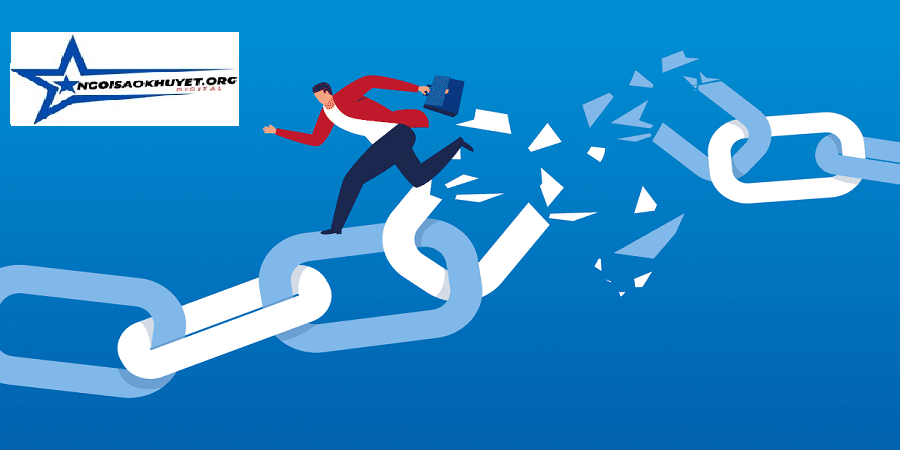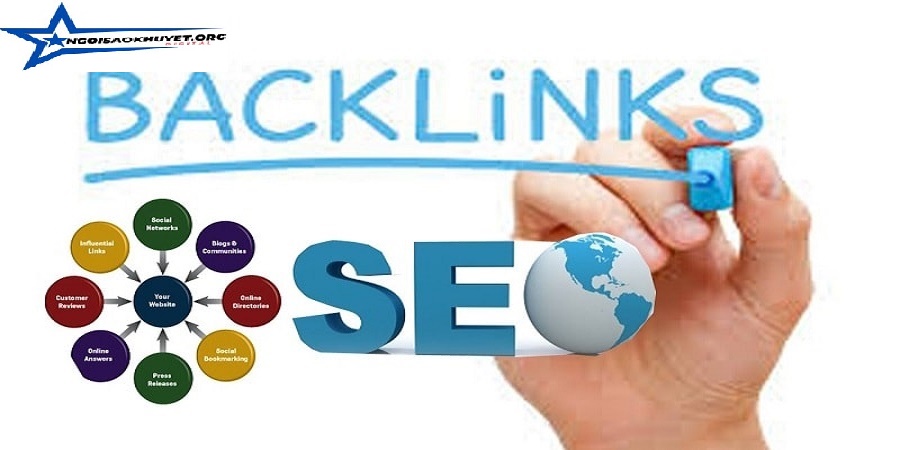Backlinks 2018 often referred to as inbound or incoming links, are hyperlinks that lead from one website to another. In the simplest terms, they function as votes of confidence, signaling to search engines that the content on the receiving end is valuable and credible. Historically, backlinks have been a cornerstone of search engine optimization (SEO), playing a significant role in determining a website’s ranking on search engine results pages (SERPs).
Understanding Backlinks: A 2018 Overview – What You Need to Know
( Hãy Liên Hệ Với Ngôi Sao Khuyết , Chúng Tôi Sẽ Giúp Bạn Năng Tầm Thương Hiệu Của Mình Cùng Các Dịch Vụ Chuyên Nghiệp Nhất )
In 2018, the importance of backlinks in SEO remained undisputed. Search engines, particularly Google, utilized backlinks as a primary ranking factor. The rationale behind this is straightforward: if multiple reputable websites link to a specific page, it is likely that the page offers high-quality content. Consequently, search engines interpret these links as endorsements, boosting the page’s visibility and ranking.
However, 2018 also witnessed several changes and trends that influenced how backlinks were valued. Google’s algorithm updates, such as the Google Medic Update, placed a greater emphasis on the quality rather than the quantity of backlinks. The focus shifted towards acquiring links from authoritative, relevant sources, as opposed to merely accumulating a large number of backlinks. This change encouraged website owners to prioritize creating valuable content that naturally attracts high-quality links.
Moreover, the landscape of backlinks is diverse, with different types holding varying degrees of influence. Dofollow backlinks are the most sought after, as they pass SEO value (link juice) from the linking site to the linked site. In contrast, nofollow backlinks do not pass link juice, although they can still drive traffic and contribute to a site’s overall link profile. Additionally, editorial backlinks, which are naturally incorporated into the content by the author, are highly regarded due to their organic nature. Non-editorial backlinks, such as those generated through comments or user-generated content, tend to be less impactful.
Understanding these nuances is crucial for anyone looking to harness the power of backlinks in 2018 and beyond. As the digital landscape continues to evolve, staying informed about the latest trends and algorithm updates is essential for maintaining a competitive edge in SEO.
Purchase Point: bán backlink

Effective Backlink Strategies in 2018
Service mua backlink Quality. In 2018, acquiring quality backlinks remained a cornerstone of successful SEO strategies. One of the most effective methods was guest blogging. By contributing valuable, high-quality content to reputable websites, businesses could gain authoritative backlinks while simultaneously expanding their audience reach. The key to success in guest blogging was ensuring the content was relevant and provided genuine value to the host site’s readers.
Creating high-quality and shareable content also played a significant role. Content that was informative, engaging, and visually appealing naturally attracted backlinks from various sources. This was because such content was more likely to be shared across different platforms, increasing its visibility and the likelihood of being linked to by other sites. Infographics, in-depth articles, and research reports were particularly effective in earning these organic backlinks.
Leveraging social media for link building became increasingly important. By actively sharing content on platforms like Twitter, LinkedIn, and Facebook, businesses could amplify their reach and encourage backlinks from a diverse audience. Social media also facilitated direct engagement with influencers and industry leaders, which could lead to valuable backlink opportunities through collaborations or mentions.
The importance of relevance and authority in backlinks cannot be overstated. Links from reputable, contextually relevant sites carried more weight and significantly impacted SEO performance. This era saw a growing focus on building relationships with authoritative domains within specific niches, as these links were more credible and beneficial.
Influencer marketing and partnerships emerged as powerful tools for earning backlinks. By collaborating with influencers who had substantial online followings, businesses could secure high-quality backlinks. These relationships not only enhanced SEO but also built brand credibility and trust among the influencer’s audience.
Ethical considerations were paramount in 2018. Avoiding black hat SEO tactics like link farms and buying links was crucial to maintaining a site’s integrity and avoiding penalties from search engines. Engaging in ethical link-building practices ensured long-term sustainability and a positive online reputation.
New tools and technologies introduced in 2018, such as advanced backlink analysis software, facilitated more efficient and effective backlink acquisition. These tools provided deeper insights into backlink profiles, enabling businesses to identify opportunities and monitor the quality of their backlinks more accurately.

